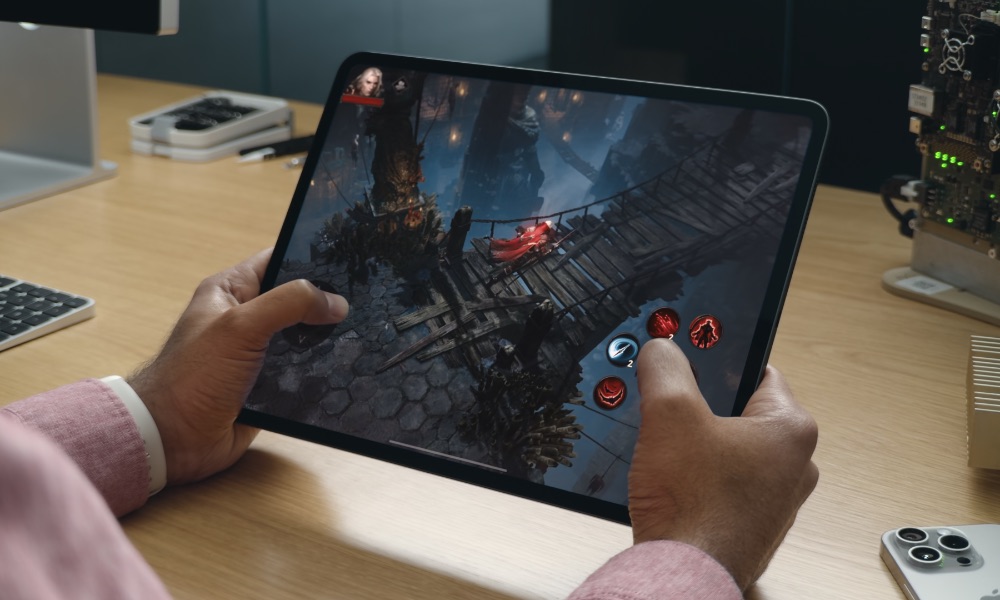New iPads

Apple is also expected to unveil a new eleventh-generation iPad and M4-powered iPad Air. The standard iPad will get a chip capable of Apple Intelligence; some early reports hinted at an M1 chip, but Gurman suggests that Apple is more likely to go with the same A17 Pro that it used in the most recent iPad mini.
Gurman also says he “wouldn’t be terribly surprised” to see the new iPad Air skip the M3 and go all the way to the M4. After all, the MacBook Pro and MacBook Air use the same chip families, so why should the iPads be any different, he muses.
However, that also aligns with what we predicted last May, since the other catch is the transition nature of the M3 chip. The M3 (and the A17 Pro) used an early “N3B” 3-nanometer production process that wasn’t quite ready for prime time. Yields weren’t great, and Apple had only planned to use this as a stopgap to get a head start on its rivals in moving to a 3nm node. By contrast, Qualcomm waited a year until the more stable “N3E” process was ready, which is the same one used for the A18 and M4 chip families.
While the iPad mini 7 went with an A17 Pro, it’s notable that this is a “binned” version of the chip that was never used in an iPhone 15 Pro — it has one less GPU core. The N3B process was known for having yield problems, which means Apple likely got a lot of binned chips off the lineup that didn’t make the cut. Rather than discard these, it decided it likely had enough to meet the demand for the iPad mini, so it used them there. If Gurman’s information is accurate, it also has enough for the new 11th-generation iPad.
That wasn’t so much the case for the M3 chips, which already had binned versions used in the entry-level MacBook Air — something Apple has been doing since its first M1 models in 2020. Hence, a move to an M4 chip makes a lot more sense. Apple may still go with “binned” M4 chips for the lower-end iPad Air versus what it puts in the iPad Pro, but they’ll all be in the same ballpark.
